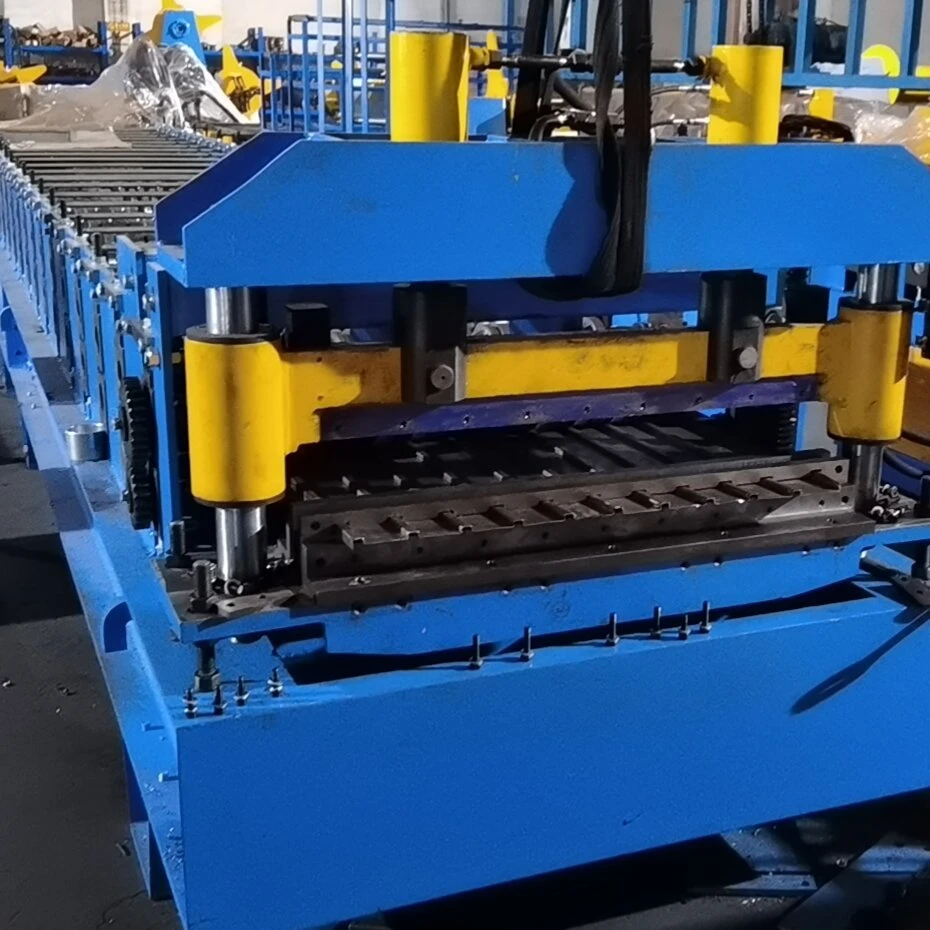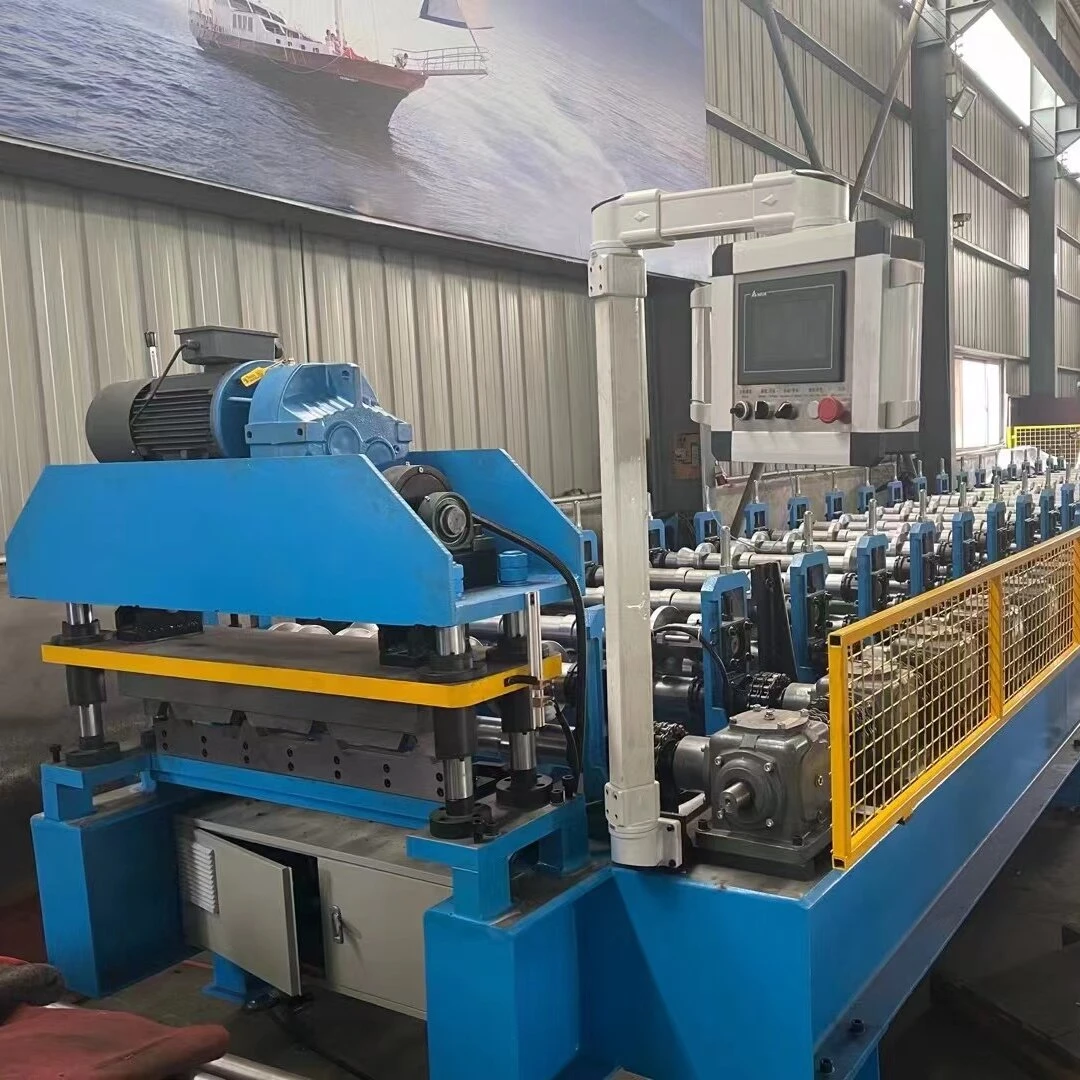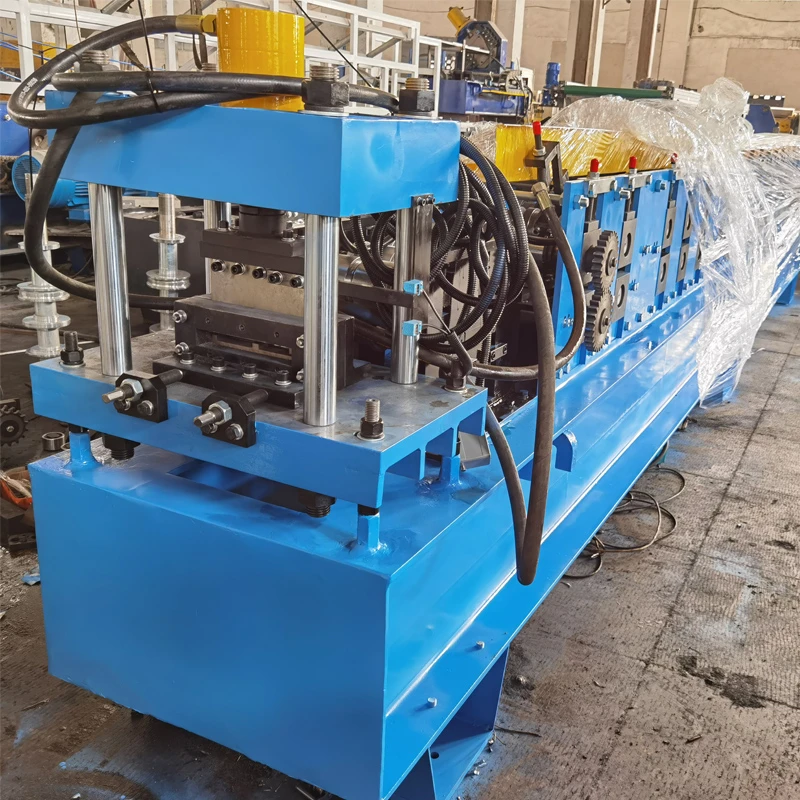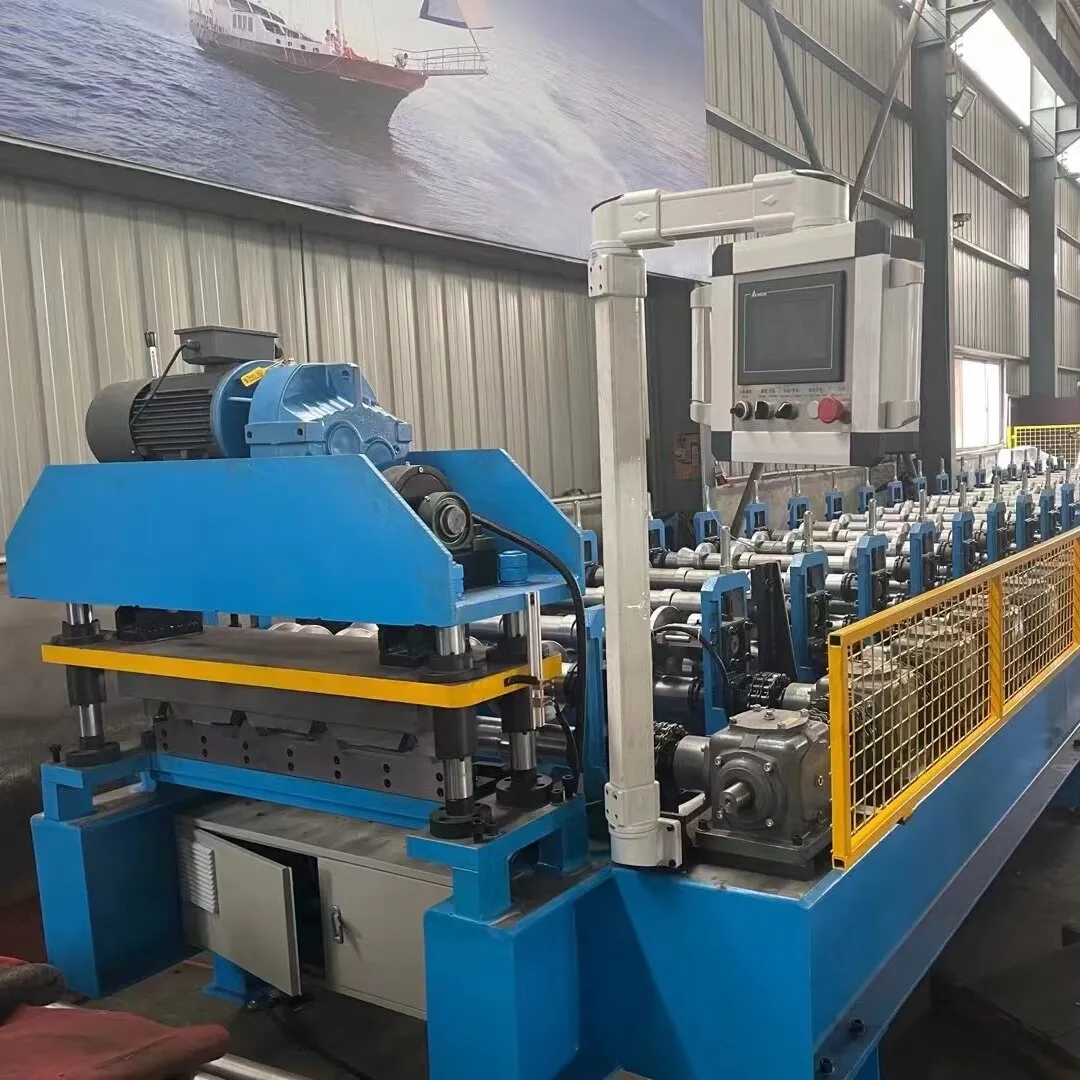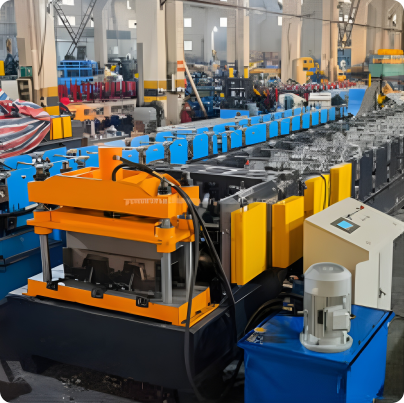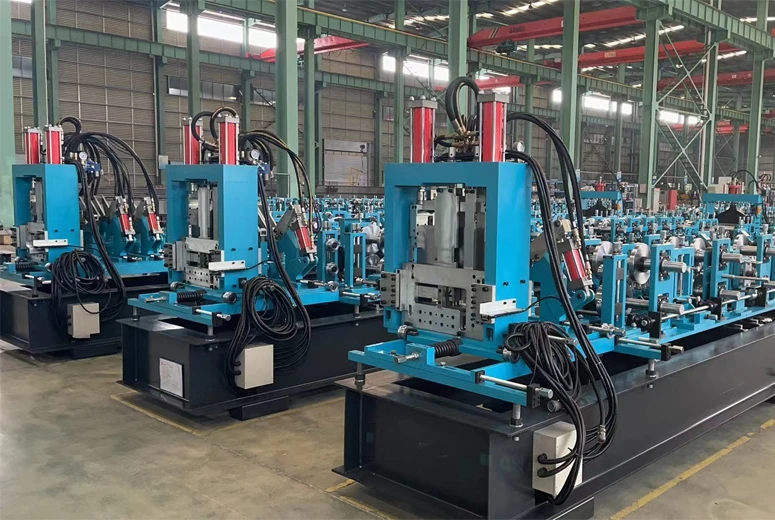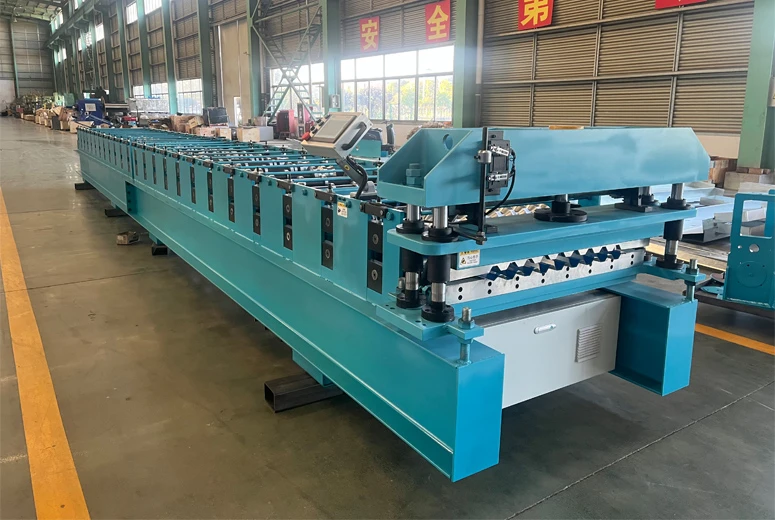The Role of Roll Forming Machines in the Automobile Industry
Roll forming is a continuous metal forming process that has become indispensable in modern manufacturing, particularly in the automobile industry. This efficient process transforms flat metal sheets or coils into desired cross-sectional profiles by passing them through a series of roller dies. Unlike other metal shaping methods, roll forming provides exceptional consistency, high production rates, and excellent material utilization, making it perfectly suited for automotive applications where precision and efficiency are paramount.
The automobile industry adopted roll forming technology early in the 20th century as vehicle production shifted toward mass manufacturing. Today, nearly every automobile contains multiple components created through roll forming processes. From structural elements to decorative trim, roll formed parts contribute significantly to a vehicle's performance, safety, and aesthetic appeal while helping manufacturers control costs and maintain quality standards.
How Roll Forming Machines Work
A roll forming machine is a marvel of mechanical engineering that performs its shaping operation through a carefully sequenced set of rollers. The process begins with a coil or sheet of metal—typically steel, aluminum, or sometimes titanium—being fed into the machine. As the material progresses, each set of rollers incrementally bends the metal until it achieves the final desired shape. This gradual forming process minimizes stress on the material while maintaining tight dimensional tolerances.
Modern roll forming systems incorporate advanced features such as computer-controlled servo mechanisms, laser measurement systems for quality control, and quick-change tooling that allows for flexible production. The machines can operate at impressive speeds, often forming 30 to 100 feet of material per minute, with some high-speed systems exceeding 200 feet per minute. This speed and efficiency make roll forming ideal for the high-volume production requirements of the automotive sector.
Automotive Applications of Roll Formed Components
The automobile industry utilizes roll formed parts in nearly every vehicle subsystem. Some of the most common applications include:
Structural Components: Roll forming produces numerous critical structural elements such as door beams, bumper reinforcements, roof rails, and side impact protection members. These components benefit from roll forming's ability to create complex, high-strength profiles with consistent wall thickness. The process allows engineers to design parts that optimize strength-to-weight ratios, contributing to vehicle safety without unnecessary mass.
Chassis and Frame Parts: Many chassis components including various brackets, frame rails, and suspension parts are manufactured through roll forming. The process can create closed sections that provide exceptional torsional rigidity, essential for vehicle handling and durability.
Exterior Trim and Mouldings: Decorative and functional exterior trim pieces such as window surrounds, roof drip rails, and body side mouldings are frequently roll formed. The process excels at producing these long, consistent lengths with complex cross-sections and excellent surface finishes.
Interior Components: Inside the vehicle, roll formed parts appear as seat frames, seat track mechanisms, instrument panel supports, and various reinforcement members. The precision of roll forming ensures proper fit and function of these interior elements.
Electrical System Components: Even a vehicle's electrical system benefits from roll forming through the production of wire harness channels, battery trays, and various protective conduits.
Advantages of Roll Forming in Automotive Manufacturing
The automobile industry favors roll forming for several compelling reasons:
Material Efficiency: Roll forming typically achieves material utilization rates of 95-98%, significantly reducing waste compared to other forming methods. This efficiency is crucial for cost management in high-volume automotive production.
Precision and Consistency: The incremental forming process produces parts with exceptional dimensional accuracy and repeatability, essential for modern vehicle assembly where components must fit together perfectly.
High Strength Characteristics: The cold-working effect of roll forming can increase the yield strength of materials by up to 20%, allowing for lighter gauge materials to be used without sacrificing performance.
Flexibility in Design: Roll forming can accommodate a wide range of material thicknesses (typically 0.5mm to 20mm) and create complex profiles that might be impossible with other processes. This flexibility supports automotive designers in creating innovative vehicle architectures.
Cost Effectiveness: For long production runs typical in the auto industry, roll forming offers lower per-part costs than competing processes like stamping or extrusion. The high production speeds and minimal secondary operations contribute to this economic advantage.
Recent Technological Advancements
Roll forming technology continues to evolve to meet the changing demands of the automobile industry:
Advanced High-Strength Steels (AHSS): Modern roll forming machines have adapted to handle these stronger, lighter materials that are increasingly used in vehicle structures to improve safety and fuel efficiency.
Tailored Blanks: Some systems now incorporate the ability to process laser-welded tailored blanks—sheets with varying thicknesses or materials—allowing for optimized weight distribution in components.
In-Line Processing: Contemporary roll forming lines often integrate punching, notching, cutting, and other secondary operations to create finished parts in a single pass, reducing handling and improving efficiency.
Computer Simulation: Advanced software now allows engineers to simulate the roll forming process before tooling is created, reducing development time and ensuring optimal results.
Smart Manufacturing: Industry 4.0 technologies are being integrated into roll forming systems, with sensors collecting real-time data on process parameters and part quality, enabling predictive maintenance and continuous process improvement.
Environmental and Future Considerations
As the automobile industry moves toward more sustainable practices, roll forming contributes positively through its material efficiency and energy conservation. The process typically requires less energy than alternative metal forming methods, and the high utilization rates minimize material waste. Many roll formed automotive components are also fully recyclable at the end of their service life.
Looking ahead, roll forming will play a critical role in electric vehicle (EV) production, where weight reduction is particularly important for maximizing battery range. The ability to create lightweight yet strong structural components makes roll forming ideal for EV platforms. Additionally, as vehicles incorporate more advanced driver assistance systems and autonomous features, the precision and reliability of roll formed mounting brackets and sensor housings will become increasingly important.
From its humble beginnings to its current sophisticated implementations, roll forming has established itself as a cornerstone technology in automobile manufacturing. Its unique combination of efficiency, precision, and versatility ensures that it will remain vital as the industry evolves to meet new challenges in safety, performance, and sustainability. As vehicles become more complex and manufacturing demands grow more stringent, roll forming machines will continue to adapt, providing automakers with the high-quality components needed to build the cars of today and tomorrow.

